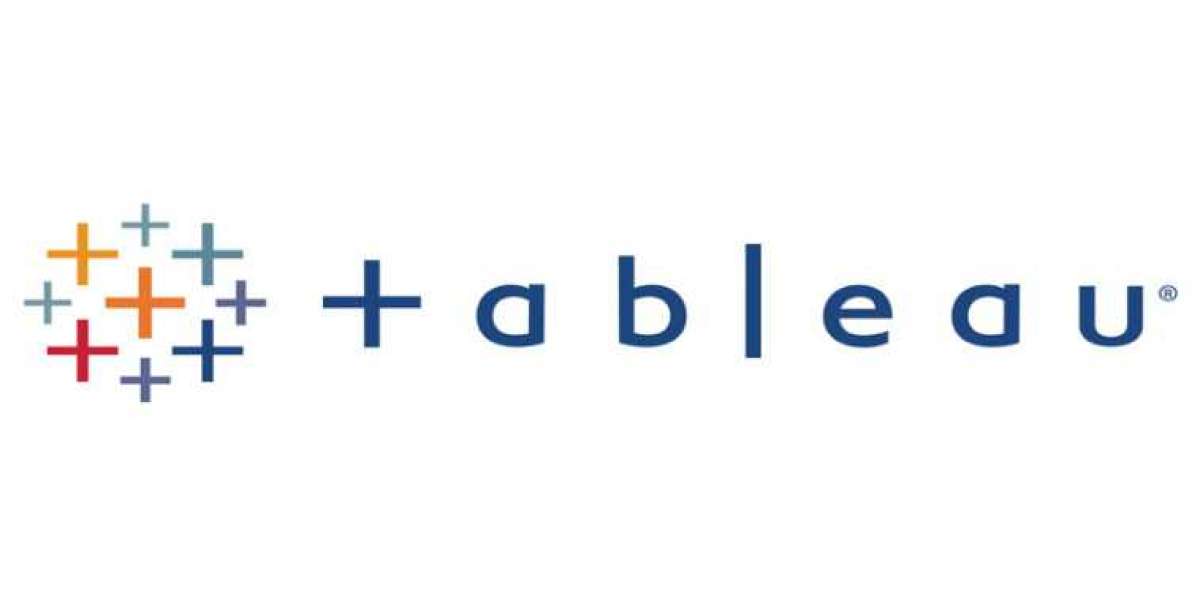Tableau Desktop
Tableau Desktop has a lot of features, including the ability to code and customise reports. All of the essential work is done in Tableau Desktop, from creating charts and reports to blending them all together to generate a dashboard.
Tableau Desktop connects to Data Warehouse as well as other sorts of files for real-time data processing. The workbooks and dashboards that you build here can be shared privately or publicly.
Tableau Desktop comes in two flavours, depending on how you connect to your data sources and how you publish.
Tableau Desktop Personal has many of the same development features as Tableau Desktop. The workbook is kept private in the personal version, and access is restricted. The workbooks will not be available on the internet. As a result, it should either be delivered offline or through Tableau Public. To know more about Tableau, join Tableau Training in Chennai at FITA Academy.
Tableau Desktop Professional is a version of Tableau Desktop that is quite similar to Tableau Desktop. Tableau Desktop work can be published online or in Tableau Server, however Tableau Server work cannot. In addition, the professional version gives you complete access to all data types.
2) Tableau Public
Tableau Public was created for anyone who wants to share and communicate stories or data using interactive visuals on the web. It operates nightly and allows anyone to develop and publish data without the assistance of IT professionals.
This version was created with cost-conscious users in mind. The term "public" denotes that the workbooks created cannot be saved locally and must instead be uploaded to the Public cloud, where they can be viewed and accessed by anyone.
The files saved to the cloud, on the other hand, have no privacy because anyone can download and access them. This version is ideal for people who wish to study Tableau and share their data with the general audience.
3) Tableau Server
Tableau Server is a web-based analysis tool that anyone can use. It's an option that everyone chooses because of its speed when compared to traditional company software.
It's used to distribute workbooks and visualisations created in the Tableau Desktop application around the company. You must first publish your work in Tableau Desktop before sharing dashboards on the Tableau Server. Only licenced users will be able to access the work once it has been submitted to the server. Tableau Training in Bangalore will develop your career skills in Tableau.
4) Tableau Online
Tableau Online is an online sharing tool, as the name implies. It has comparable features to Tableau Server, but the data is kept on cloud servers managed by the Tableau group.
The amount of data that can be published in Tableau Online is unrestricted. Tableau Online establishes a direct connection to over 40 cloud-based data sources, including MySQL, Hive, Amazon Aurora, Spark SQL, and more.
Tableau Online and Tableau Server both require Tableau Desktop worksheets to publish. It also works with web apps like Google Analytics, Salesforce, and others. Tableau Online Course will enhance your technical skills in Tableau.
5) Tableau Reader
Tableau Reader is a free application for viewing workbooks and visualisations prepared with Tableau Desktop or Tableau Public. Although the data can be filtered, it is not editable or modifiable. In Tableau Reader, the security level is 0, which means that anyone who receives the worksheet can see it using Tableau Reader.














